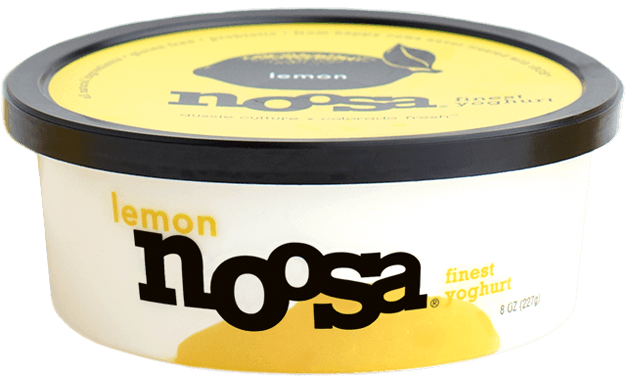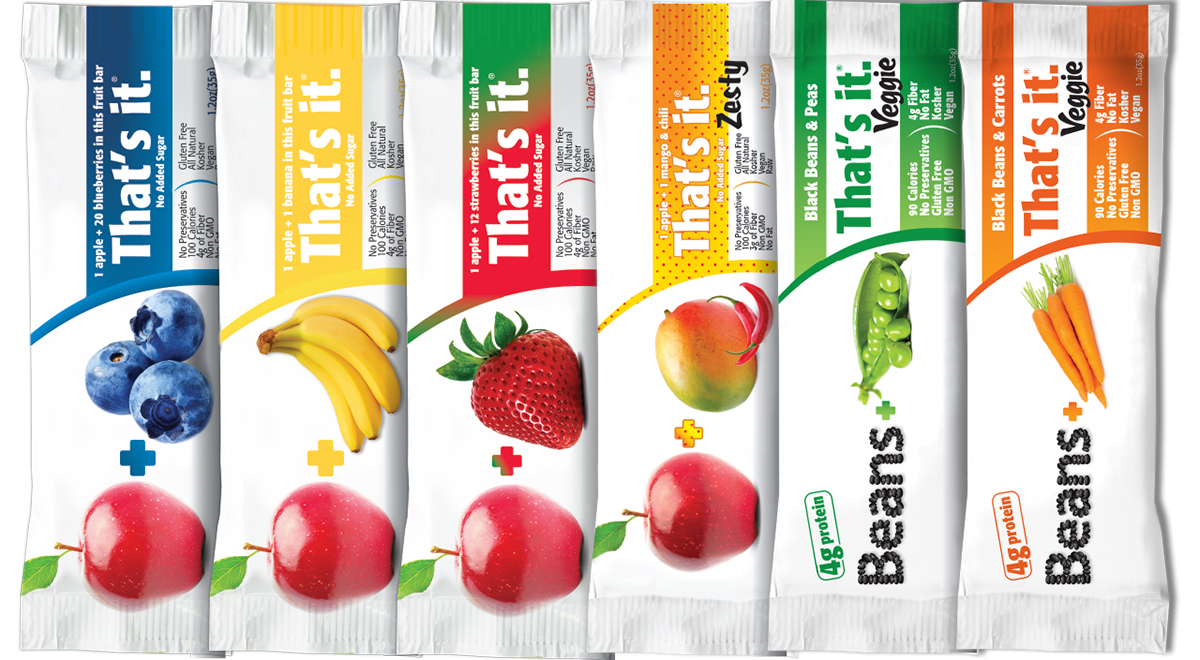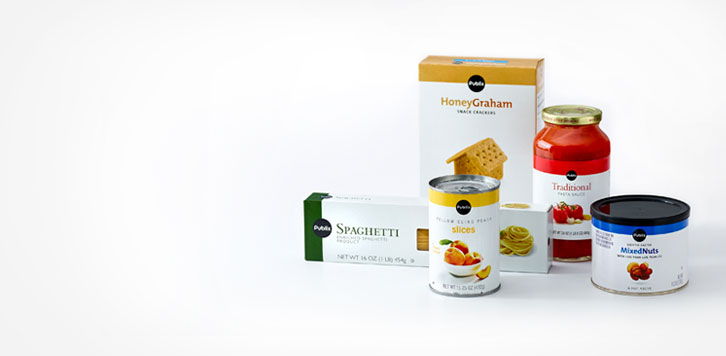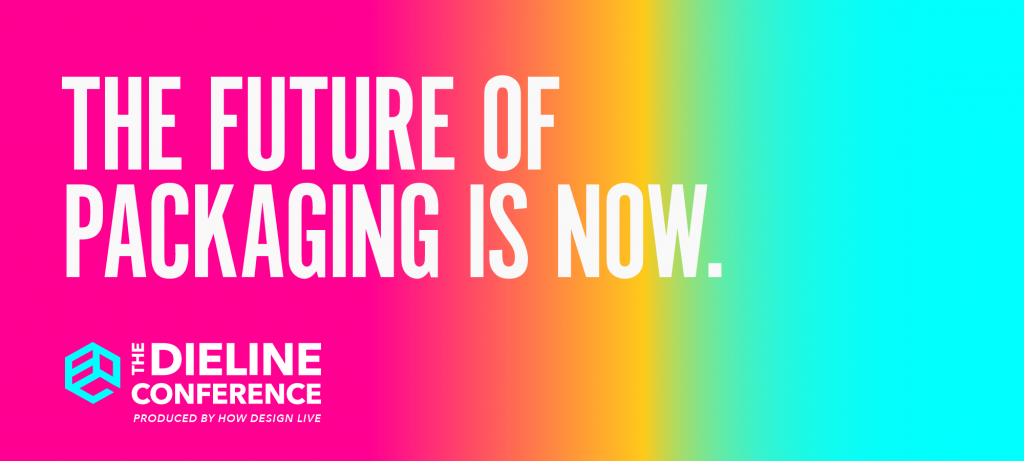by Meagan Kato, strategic planning director, mono
Creating packaging breakthrough to connect with shoppers has never been more critical, or more challenging. Even in an age when online shopping is booming, 98% of U.S. shoppers say they still make grocery purchases in-store (Statista Survey 2.17) and 70% of those purchase decisions are made at the shelf (Nielsen.com 7.21.16). Certainly, many factors–like price and shelf placement–influence these in-store buying decisions, but packaging remains an extremely powerful and too often underutilized opportunity to capture sales at-shelf and to build an even deeper brand impression once a product is in someone’s home.
For years now, the bar for innovative packaging design has been set by smaller, entrepreneurial “below the line” brands. More surprising is the way once generic store brand packaging has evolved into differentiated and enviable brand-building design. The resulting effect is that the very brands that created their respective CPG categories and once enjoyed healthy majority shares now look dated and feel irrelevant. This recessive shelf presence negatively impacts their brand growth and category share. For that reason, developing breakthrough packaging that truly connects with your brand’s audience is more important today than ever before.
Here are three guiding principles to help set this important marketing initiative on the course for growth.
1. Listen to your consumers, but let your vision lead
Whether it’s for foundational understanding to inform the possibilities for your packaging redesign or input on early design directions, researching your packaging with your target audience can be extremely valuable. That said, there’s also a point when research can hold a brand back from being brave or from making a much-needed change. Different packaging research methodologies yield more insightful findings than others—there are big benefits to researching on-shelf in a store context versus focus groups or online, for example. But the truth is, in any research environment consumers often prefer a brand’s current packaging design or a design direction that mirrors the category over a more unique, breakthrough one. People simply gravitate toward what they already know. This hardwired resistance to change can make reinventing packaging extremely challenging for marketing teams and their agency partners, especially for established brands that can’t afford to confuse or lose their loyal consumers.
It’s tough to advocate for courageous packaging design in the face of consumer feedback that recommends maintaining the status quo. But disrupting a category or breaking through with innovative packaging requires vision—the type of vision that comes from listening closely to your audience, and then ultimately following your intuition. Imagine how different the growth story and impact of the KIND Snacks brand would be if consumer research had dissuaded the marketing team from their signature clear packaging and frame-breaking black box that jumps off the shelf. Successful marketers know the direction a brand needs to go in, even if the research doesn’t fully support it. They are willing to take smart risks, with their packaging and with their marketing plans overall, to ensure the brand gets there.
2. Tell your story (and let your personality shine through)
Packaging is the ideal place to share your brand’s story or point of view, and to show some personality while you’re at it. When shoppers pick up your product off the shelf, they’ve come to expect your packaging will tell them more about who you are as a brand and what you care about. You’ll score points for a story that’s clear, concise and memorable.
This memorability often comes from surprising and delighting via standout color, iconography, font style and an engaging tone that brings your brand personality to life. Is your brand whimsical, snarky, uplifting, generous? This should come through on your packaging. Expressing your personality also connects with the people who love your brand. It helps create badge packaging your audience will want to display in their home or at work, carry in their gym bag, and share on social media. Yogurt brand Noosa, with its distinctively shaped clear container and bold, high-contrast ingredient icons, jumps off the shelf in a crowded category. The playful packaging graphics exude personality, down to the engaging messages under the lid (“you’re looking udderly fabulous today” is a standout), inspiring countless Instagram pics from devoted Noosa fans. If you haven’t defined your brand’s story and personality yet like Noosa has, take time to figure that out before beginning your packaging design work. It will pay off in building a consistent, differentiated brand.
3. Keep it simple
With all of these packaging design elements and your key product benefits to communicate, it’s easy to end up with too many messages and a cluttered packaging design. Promising packaging reinventions can fall apart in the end because the design is confusing and trying to say too much at once. Resist the urge to include everything you want to say about your brand. Edit down your list of product benefits and priorities by thinking like your consumer. Figure out the two or three most important things he/she needs to know about you to make a buying decision and to understand your brand. Be ruthlessly reductive about what must be on the front of your packaging and what can move to the back panel. Embrace the power of white space on your packaging to help draw attention to what’s most important.
Take a cue from That’s It. Simplicity is this innovative brand’s muse. Clean white packaging enables the fruit and veggie images representing their ultra simple ingredients to speak volumes. Or be inspired by the elegance of Southern grocer Publix’s store brands. In both their premium and more basic lines, Publix understands how to exercise restraint on their packaging. This minimalist look sets Publix apart among store brands and national brands alike, while upping the quality perceptions of what’s inside.
Modern brands understand the power of their product packaging to attract and connect with consumers. Remember to let your brand vision be your guide, bring your brand’s story and personality to life and simplify your on-pack communication to help your packaging realize its full marketing and growth-driving potential.
The Dieline Conference, produced by HOW Design Live, has lined up people from all over the world with a variety of experiences, from in-house to agency. Designers from Target, Chobani, Anagrama, The Hershey Company, Rice Creative, and Pearlfisher will be there, just to name a few. Will you?
Join us April 30 in Boston.














uuugh I missed it. Maybe next year. Sad.